The movie First Man was released in 2018. Directed by Damien Chazelle and Ryan Gosling starring, the film was considered one of the main contenders for the awards season. But despite good reviews, the film went virtually unnoticed, mostly receiving only technical nominations. The First Man was not a hit among ordinary viewers either. The film did not pay off, grossing only $105 million at the global box office against a budget of $70 million.

And now, six years later, First Man has been released on Netflix, which has led to a revival of interest in the film. On this occasion, Universe Space Tech would like to tell you what is true and what is the author’s imagination.
Time frame of First Man
First Man is based on the book by James R. Hansen ”The First Man: The Life of Neil O. Armstrong”. As the title suggests, it covers the entire life of the first man on the Moon. The story begins in 1961 and ends in 1969, right after Armstrong returned to Earth, without mentioning what happened afterward.

The director’s point is easy to understand. The film is 141 minutes long, and it would be quite difficult to fit Armstrong’s entire life into such a time frame. Still, those who are interested in what happened next will have to find out for themselves. The film does not tell us anything about what Neil Armstrong did later and how his relationship with his wife Janet developed.
Spaceship interiors
Many experts have praised First Man for its fairly accurate depiction of space scenes and the good job of recreating the interiors of the equipment shown in the movie. However, it was not without a certain amount of “artistry”. The interiors of various spaceships in the movie are shown to be slightly dirty, with fingerprints and even something resembling rust.

In reality, the spaceships were kept meticulously clean to reduce the likelihood that debris would cause equipment malfunctions. The astronauts themselves said that when they first entered them, they smelled like a new car. Of course, during the flight, the ships were thoroughly contaminated, but this happened later.
Neil Armstrong’s relationship with his wife
The film shows how Janet Armstrong raises the children and supports Neil, despite his emotional isolation, when he spends much more time and energy on work than on his family. Eventually, she rebels when she asks him to speak to their two boys before he goes to the Moon to warn them that he may not return.
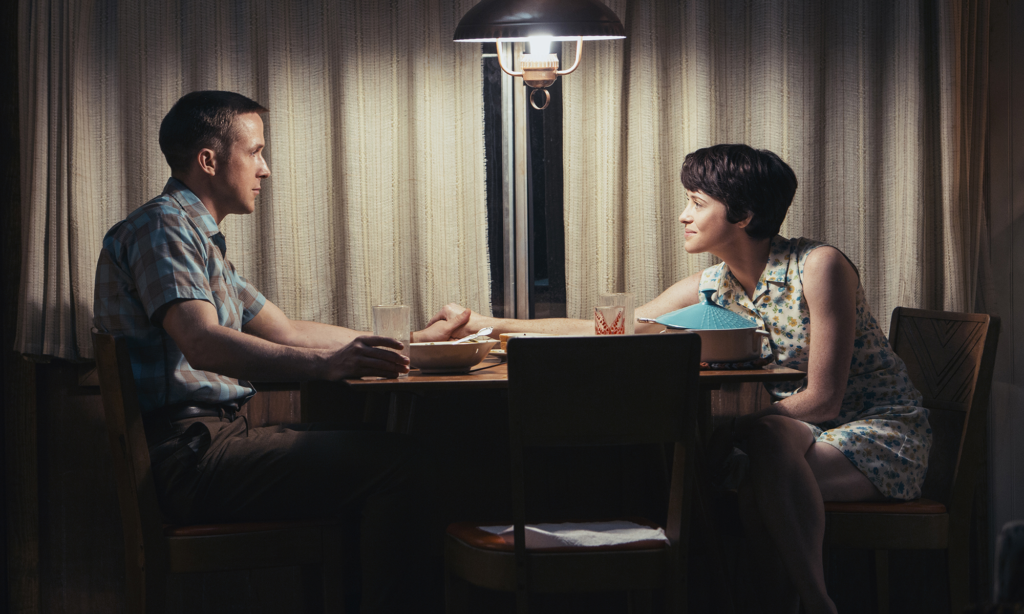
In general, this is a fairly accurate description of their relationship. Janet Armstrong did ask her husband to talk to the children, but, as she later said in an interview, it didn’t go too far. She was also very angry that Armstrong was so immersed in his work that he excluded everything else. While the movie ends on an optimistic note, in reality Neil and Janet did divorce in the early 1990s.
Fire in the Armstrong house
First Man demonstrates the many dangers that Neil Armstrong faced during his training and space flights. It is all the more ironic that the movie did not show one of the most dramatic moments in the life of the family of the first man on the Moon. In 1966, a fire broke out in the Armstrong home. It happened at night, when everyone was sleeping — fortunately, Janet smelled the smoke and raised the alarm.
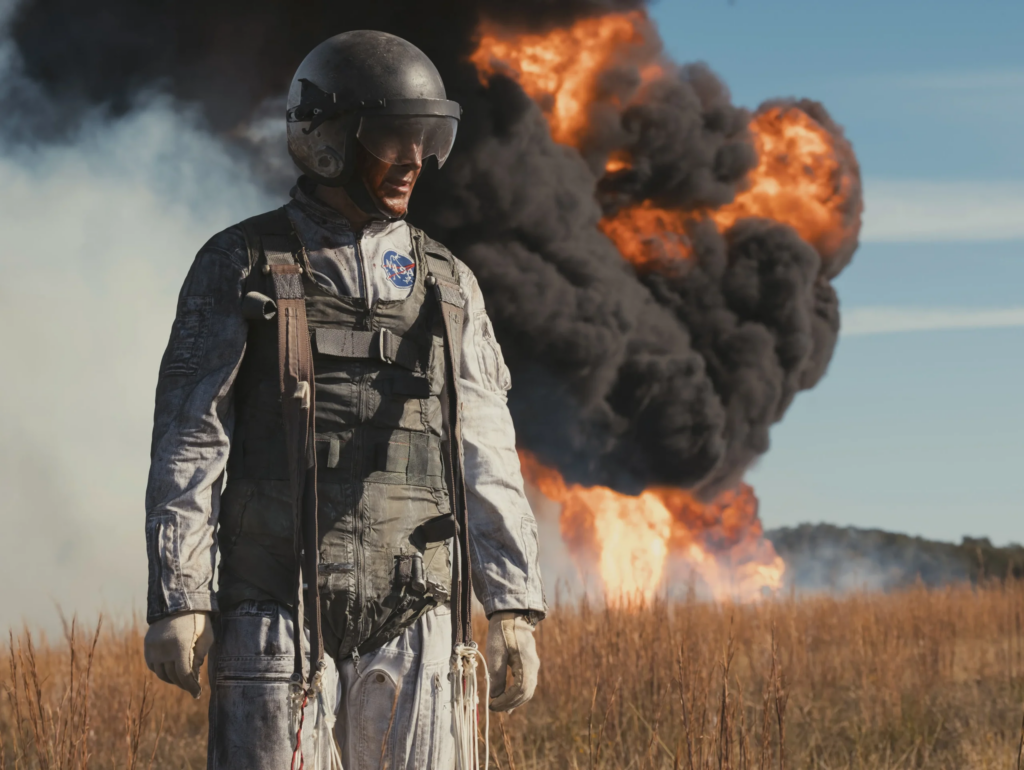
This scene was filmed but later cut from the movie. Perhaps the filmmakers thought that against the backdrop of all the other tragic events shown in the movie, the audience would decide that this episode was invented to create more tension.
The temper of Neil Armstrong
The temper of Neil Armstrong as portrayed in the movie is one of the most controversial aspects of the film. On the one hand, according to eyewitnesses, he was indeed a very modest and rather reserved person. On the other hand, some critics point out that Chazelle went overboard, making the protagonist too aloof and so sad that in reality he was never selected to fly to the Moon.
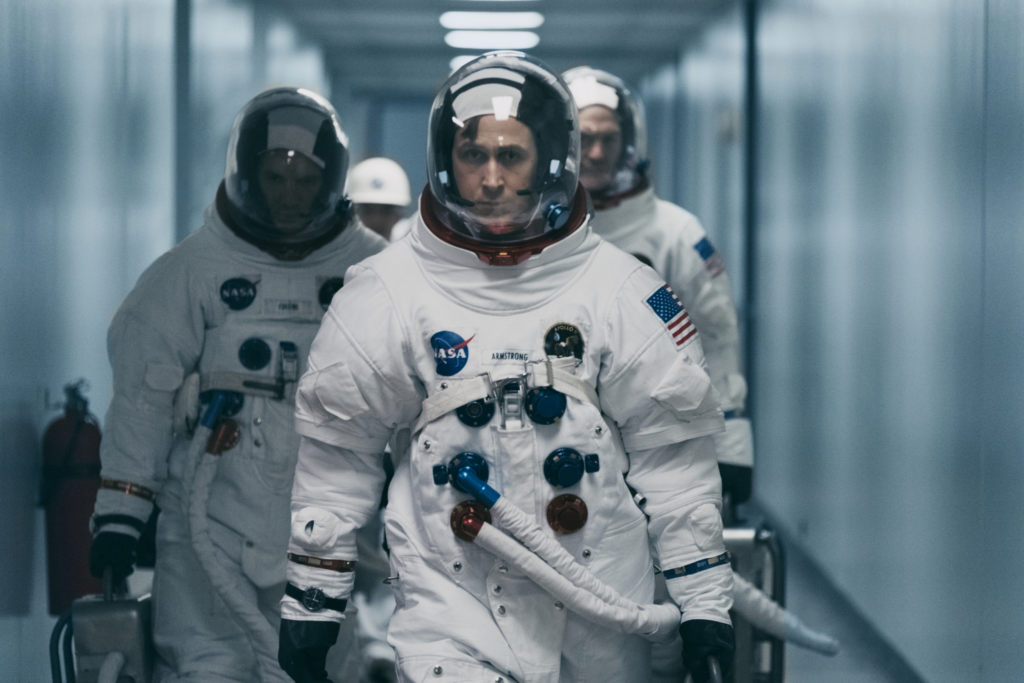
Despite Armstrong’s reticence, he did not behave like a robot. And the transcripts of the actual negotiations show that during the flights into space, he found time to be happy and express his admiration for the views that show in a porthole.
Landing on the Moon
Apollo 11’s landing on the Moon is the climax of the movie. Not surprisingly, the filmmakers tried to make it more dramatic. During the descent, the lunar module’s cabin did indeed sound the alarm several times: however, its sound was not as loud and annoying as shown in the movie. The filmmakers also significantly increased the vibration experienced by the astronauts (the same applies to the launch scenes).

The situation when, during the descent, Armstrong saw that the computer was leading the lunar module to a place unsuitable for landing and decided to fly over the crater was real. But again, in reality, this crater was not as big as shown in the movie. As for the fuel, the remaining fuel was counted not as a percentage, but in seconds of engine operation. At the time of the landing, it was believed that there was 15-20 seconds left. But in fact, there was more fuel. It was simply because it was splashing around in the lunar module’s tanks that the sensors could not correctly estimate its remaining amount.
Neil Armstrong’s daughter
The emotional core of First Man is the story of Neil Armstrong’s daughter Karen, who died of cancer at the age of just two. In order to cope with the tragedy, Neil joins NASA and sets out to go into space. In the most memorable scene, he finally finds the strength to say goodbye to his daughter, leaving her baby bracelet on the Moon.
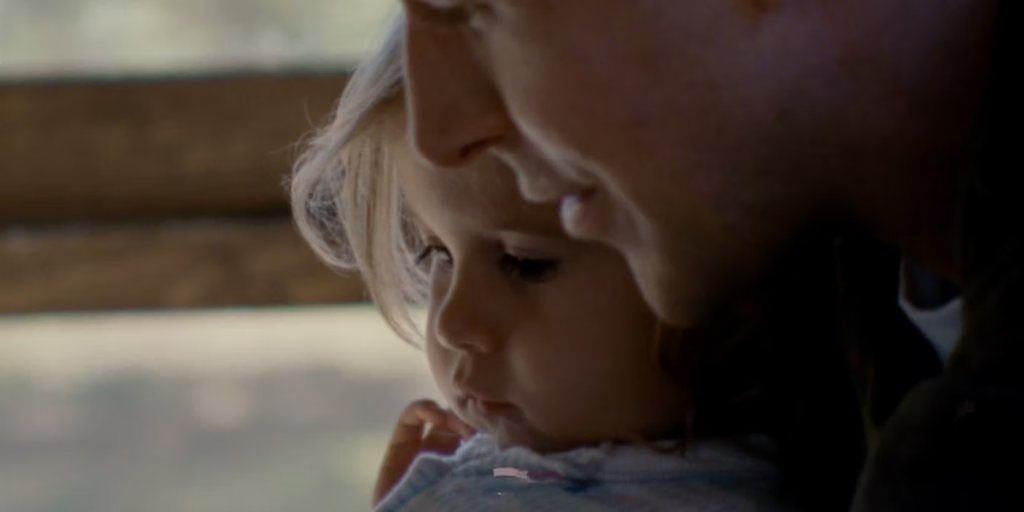
In reality, we have no historical evidence that Armstrong did anything like this. Astronauts were allowed to take small personal items to the Moon. Later, Neil said that he took a few of his wife’s pins, a piece of the Wright Brothers’ airplane, and a pin from his fraternity, and that was it, nothing else, not even his children’s personal belongings.
At the same time, it is worth noting that astronauts wrote a detailed list of things they took with them in their declarations. According to James Hansen, whose book was the basis for the movie, he once asked the astronaut to show him his monthly declaration, but he replied that he had lost it. Knowing Armstrong’s character, this was completely unlike him. When Jensen later asked Armstrong’s sister, June, if he might have left some of Karen’s things on the Moon, she burst into tears and replied: “Oh, I sure hope so.”
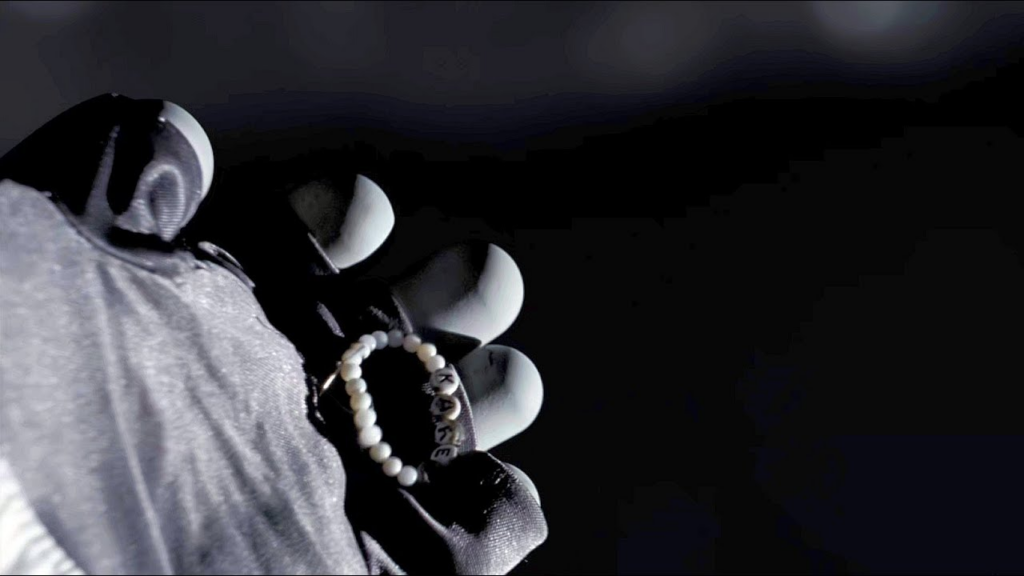
In any case, we are unlikely to ever know the truth. Each of the viewers of First Man can decide for themselves whether Neil Armstrong could really say goodbye to his daughter in this way, or whether it is just a beautiful invention of the filmmakers.


